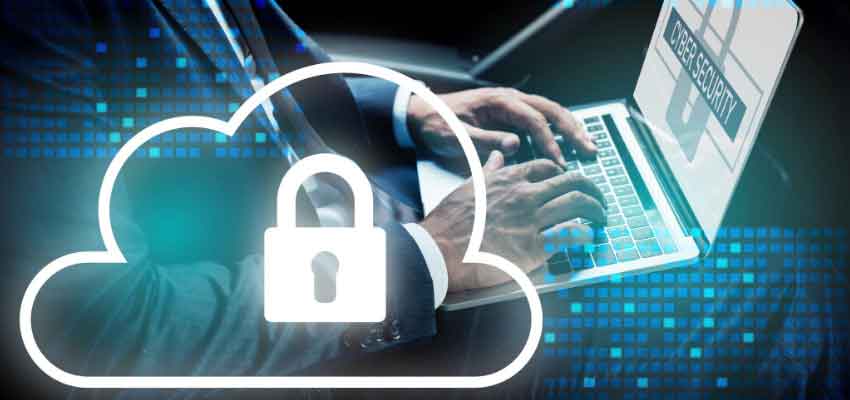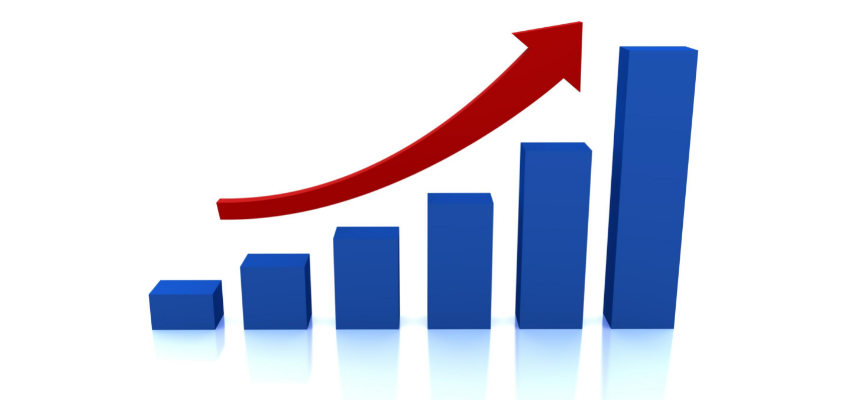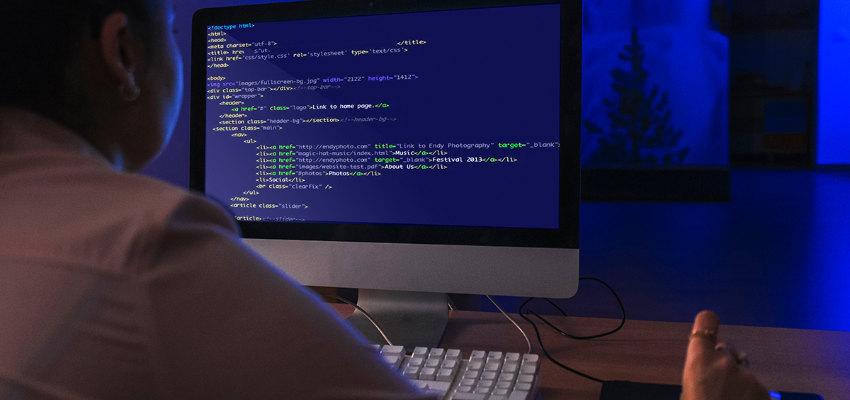Show:
How to Secure My Website From Unauthorized Access, Malware and Other Threats?
When building and running your website, security is a key issue you’ll need to consider. It enhances privacy and functionality to help in the development of your website. In case of any security breaches, it destroys your website and brings it down. Therefore, it’s important to be cautious to prevent any malware and other threats to your website. Read through the article to understand more on how to secure my website from unauthorized access malware and other threats.

What are the security risks for your website?
Despite your website’s type, size, or use, they are usually prone to different security risks and attacks. Security risks are a category of malicious programs or bots that may lead to undesirable actions or events on your websites. The website security risks vary from website to website, and they include injection flaws, broken authentication, sensitive data exposure, XML external entities, and many others.
Steps to Prevent Unauthorized Data Access
When seeking to secure your website, it’ll be essential to prevent any unauthorized data access on your website. You need to incorporate a system that’ll only allow you and a few selected individuals to access the data. Exposing your personal, proprietary secrets, financial information, and other sensitive data will be costly. Below are the steps of preventing unauthorized data access.
1. Lock your website and system when not in use
It’ll be good to keep your system or website locked when you’re not using it. For example, if you’re taking a break or you are held up with some activities. It’s the appropriate way of preventing any passers-by from accessing your data.
2. Install permission tiers on your website
Permission will play an important role in preventing or reducing unauthorized access to your data by assigning your website users some permissions and denying others. It’s an important feature that’ll help you restrict the users with the sensitive information you feel is inappropriate to share.
3. Implementing IP whitelisting
It’s the appropriate way to ensure you keep your website data from unauthorized access. This strategy helps you to control and limit access to specific trusted and authorized IP addresses. The system will deny any IP address that you’re not authorized to access your data or information.
Should I Implement Two-factor Authentication?
Yes, it’ll be good to implement two-factor authentication to your website to enhance security and prevent unauthorized website data access. The feature requires your website user to have multiple pieces of data that you’ve validated for them to access the data on your website.
Multi-factor authentication makes it hard for hackers or unauthorized users to compromise your data, as the process of breaking this protocol is very challenging. It’s an important website security feature you need to incorporate to attain better security for your system. The attacker will find it hard to break all the two security tiers to access your website without your authority.

Website Vulnerabilities & Threats
Websites are usually prone to many different vulnerabilities and threats, which affect their productivity and functionality. Below are some of the common website threats and vulnerabilities.
- Security misconfiguration
It results when you delay updating, configuring, or maintaining the different security elements, like servers, firewalls, and other databases. This security threat makes it easy for hackers or unauthorized personnel to access your website’s data.
- Malware
It’s another common and stressful security threat on your website. When present on your website, malware can be very destructive. The malware can lead to third parties accessing confidential information and leading to other data breaches. Depending on their work and objectives, experts classify malware into worms, trojans, viruses, spyware, and ransomware.
- The injection attacks
come in different types depending on the type of website data and applications they are targeting. For example, we’ve got the code, cross-site scripting, and SQL injections. Mostly, these injections aim at hijacking your website’s database, though injecting data into the web application. This data provides instructions on your websites without your knowledge.
- Phishing scam
This threat majorly interferes with the email marketing on your website. Phishing scam emails mimic the original emails but use the behind door to acquire sensitive credentials and information, such as credit card details, bank account numbers, login credentials, and other information.
- Brute force
Brute force attacks are threats where attackers or hackers seek to guess your password. After getting the password right, they forcefully gain access to your web application. By getting access to your account, they obtain some important information and credentials.
Things to Look for in a Secure Website
Most website owners are trying to keep their websites secure and free from any attacks. There are numerous things you need to look at to identify a secure website, such as:
● Presence of HTTPS
The common and easy feature to help you recognize a secure website is checking for the HyperText Transfer Protocol Secure feature (HTTPS). Websites that load with HTTPS are more secure, and you’ll be sure of the safety of your data, as these features show that the system will encrypt all your data. Therefore, no party can capture your data while transitioning or uncover the information the site might send to you.
● The lock icon
Apart from checking the HTTPS security features, the lock icons play an important role in helping you realize or check if the website is secure. Having the lock icon shows that all your connections, information, and activities on the website are safe. The absence of the lock icon shows that anyone can access your information or track your activities or transactions. Thus, hackers may use this chance to get your sensitive information such as bank details, passwords, and other sensitive credentials.
● Google Chrome
You can also check if the website you’re using is secure by checking on your Google Chrome browser. The browser has numerous sophisticated and smart features that will help you detect unsafe websites. For example, if the website takes a long to load and then presents a notification “Not secure,” the website is not secure.
● Mozilla Firefox
Mozilla Firefox comes with some smart features that provide warnings when browsing on a website that’s not secure. Mozilla Firefox shows the warning in the input form fields. They warn you against the website due to the detection of insecure websites or high-security issues like phishing or viruses.
● Internet Explorer
Like the other browsers, the security features in internet explorer will be beneficial to avoiding insecure websites. When using the browser, you’ll realize that the websites you’re using aren’t secure if they take too long to load. In addition, the browser will also warn you if its system realizes you’re using an insecure website. On the search bar, the website may lack HTTPS and the lock icon.
Conclusion
Security is a key issue when looking at the building and operating your websites. Proper security features will help keep your sensitive information or users’ data from unauthorized access or hackers. So, it’ll be important to understand how to secure my website from unauthorized access malware and other threats. It’ll be important to understand the common threats & vulnerabilities and the proper mechanism to keep your website safe and free from unauthorized access.

 Return to Previous Page
Return to Previous Page








